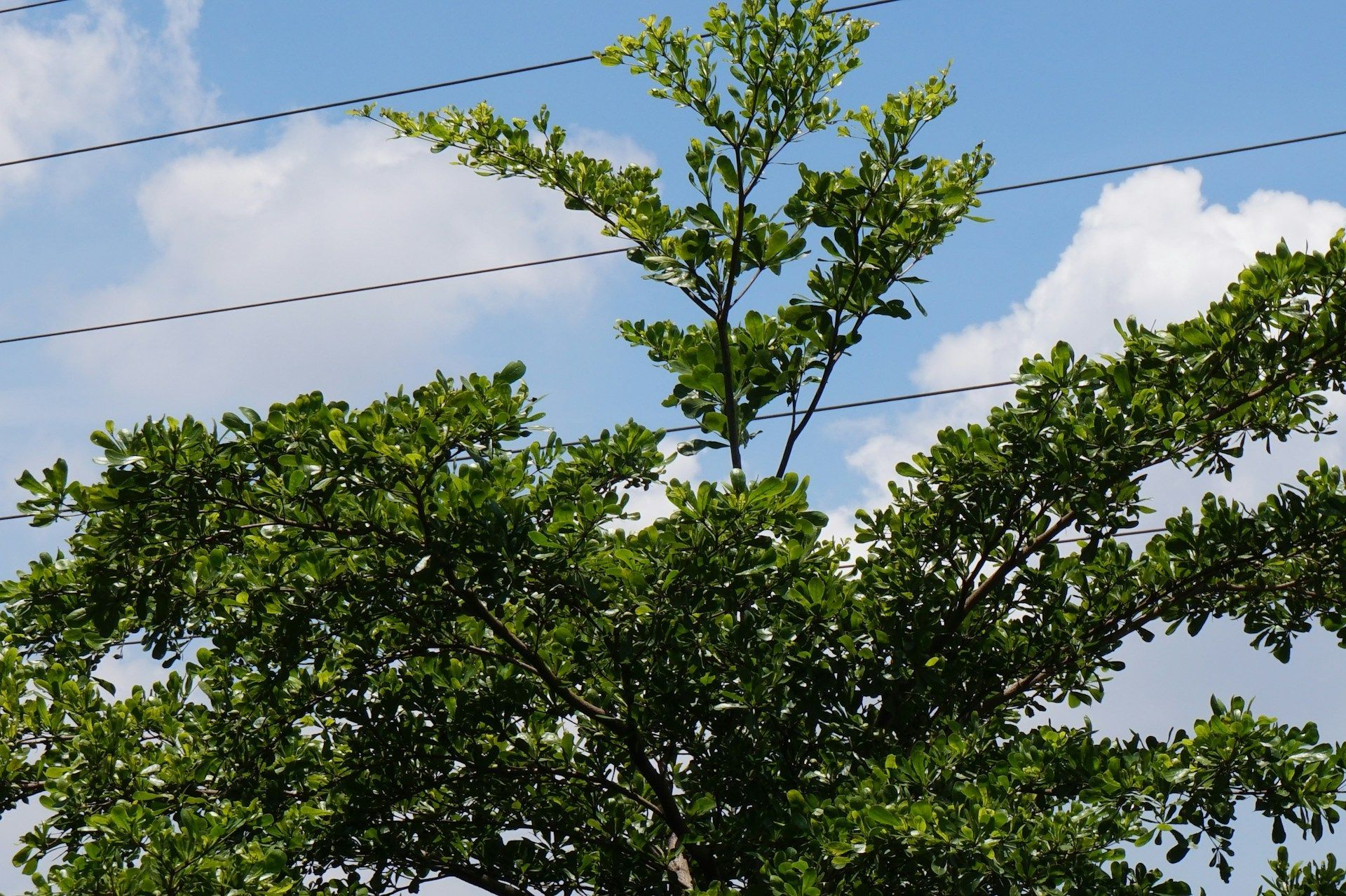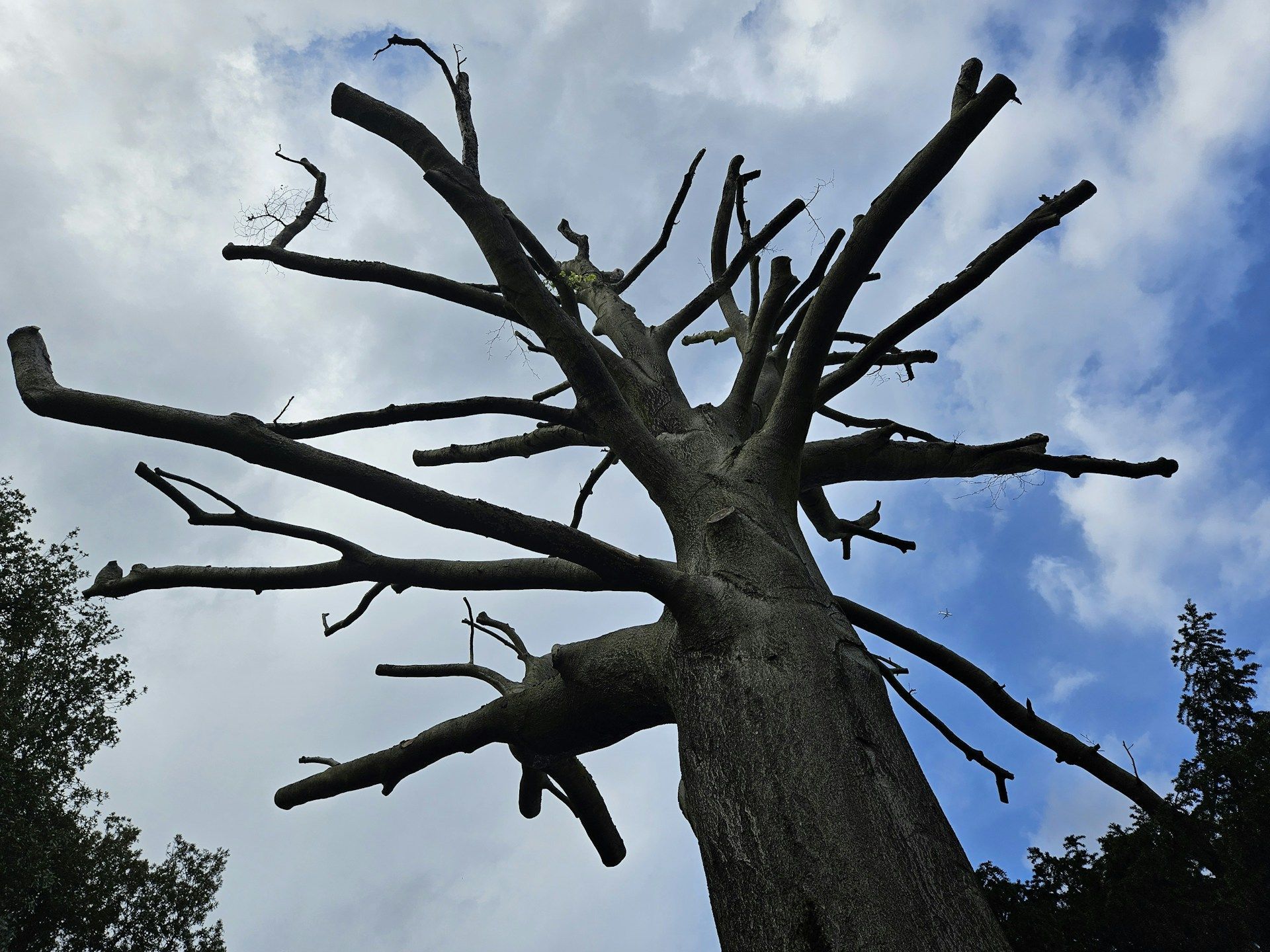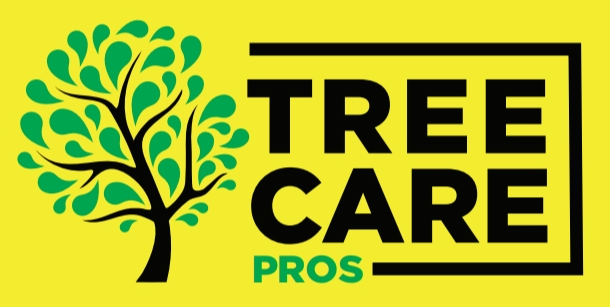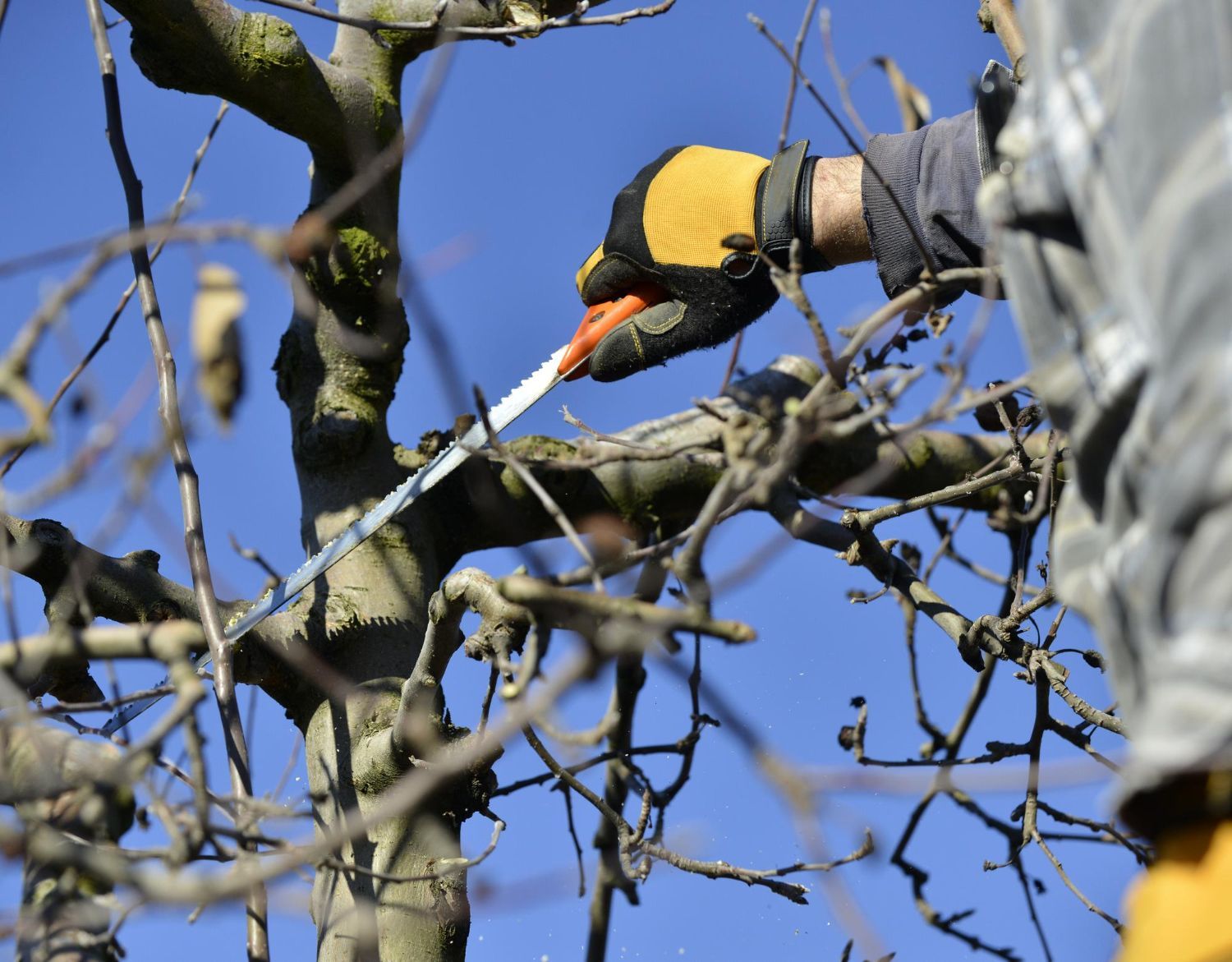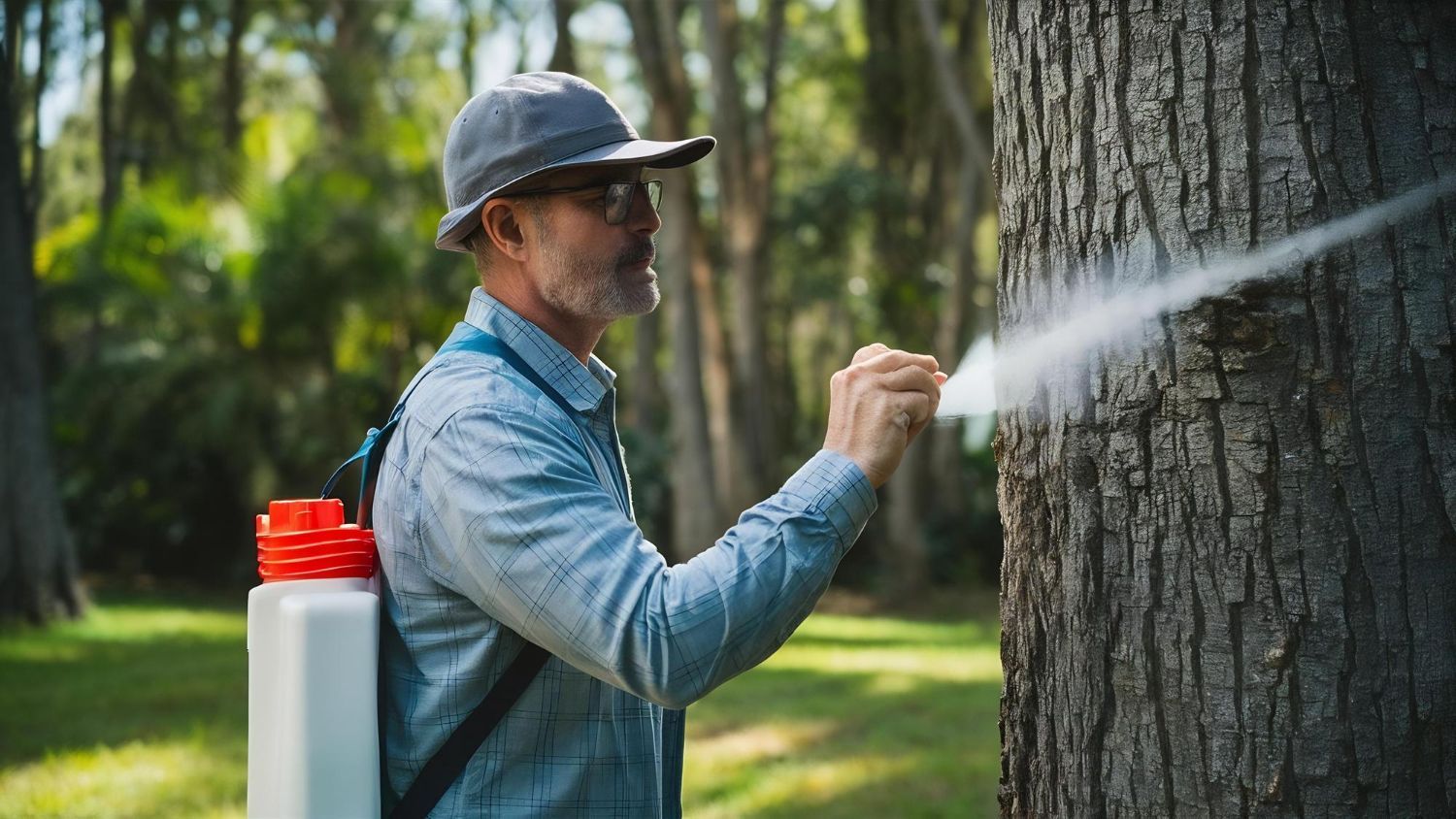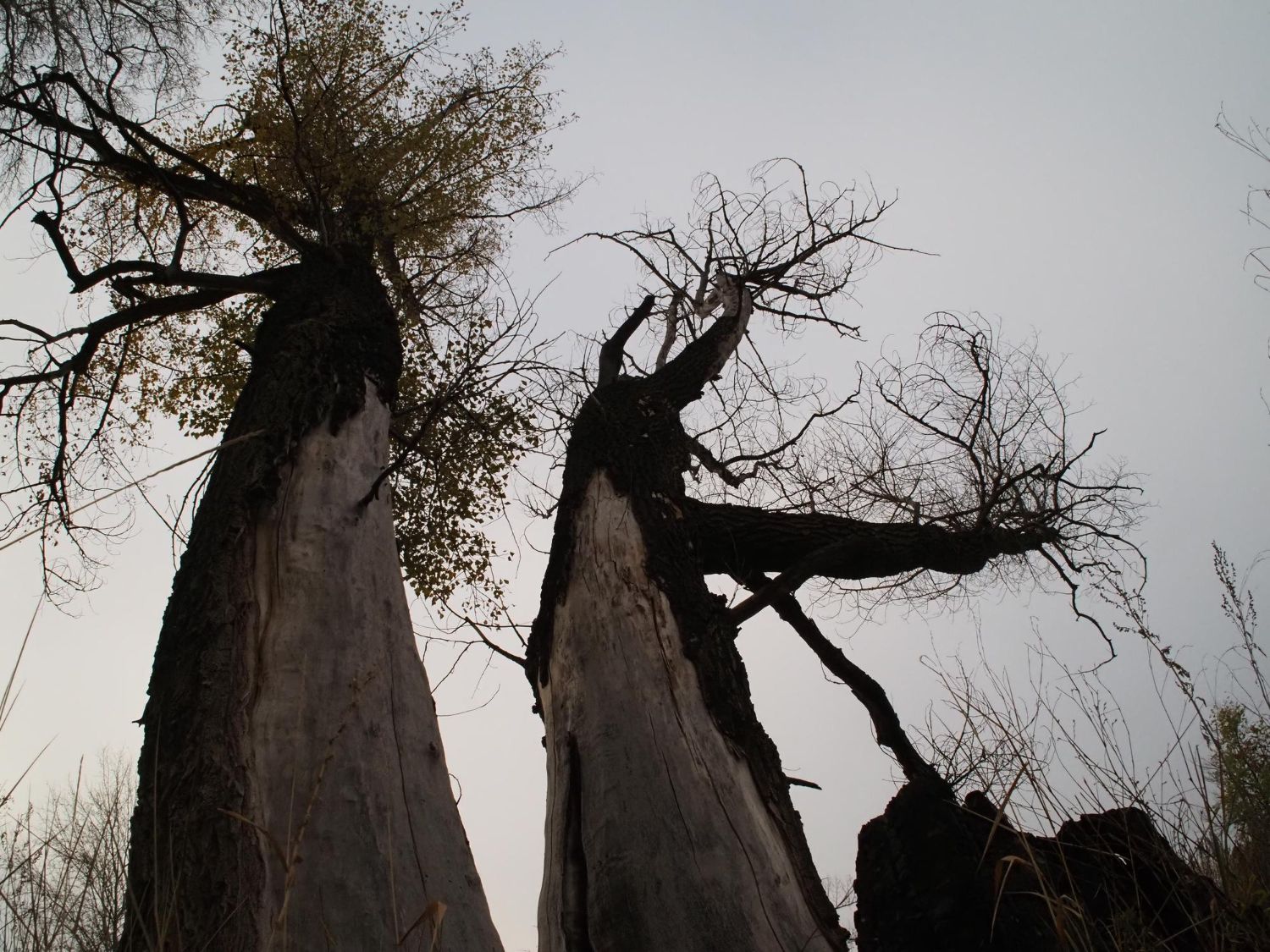Understanding Local Tree Removal Regulations
Removing a tree from your property might seem straightforward, but it involves more than just cutting it down. Various local regulations govern tree removal, and it is essential to understand these laws to avoid penalties or fines. Ignoring these rules can lead to costly consequences and even legal action. Awareness of tree removal regulations helps ensure that your actions are compliant and environmentally responsible.
Local governments have specific requirements for tree removal to protect the community’s ecosystem and maintain green spaces. These regulations help preserve significant and protected trees and ensure that removals are justified and safely carried out. Understanding the legalities can save you time, money, and potential legal trouble.
In addition, obtaining the correct permits and adhering to local guidelines prepares you for the tree removal process. Whether you want to remove a tree for safety reasons, construction, or health issues, knowing the regulatory landscape helps you navigate smoothly through the requirements. This article will guide you through the critical aspects of understanding local tree removal regulations so that you can make informed decisions about your property.
Importance of Understanding Tree Removal Regulations
Being aware of local tree removal regulations is crucial for several reasons. Firstly, these laws are in place to ensure environmental protection and the safety of your community. Trees play an important role in maintaining ecological balance by providing habitat for wildlife, improving air quality, and enhancing the overall aesthetic of neighbourhoods. Unregulated tree removal can disrupt this balance and result in unintended negative consequences.
Non-compliance with local tree removal laws can also lead to hefty fines and legal repercussions. Municipalities have strict guidelines that property owners must follow before they can remove a tree. These regulations often require permits, and failing to obtain one can result in penalties. Additionally, illegal tree removal may necessitate costly remedial actions, such as replacing the removed tree or paying for damages. Understanding and adhering to these regulations ensures you avoid these potential issues and contribute to a healthier environment.
Overview of Tree Removal Permits and Requirements
Before removing a tree, homeowners must often navigate various permits and requirements specific to their locality. Here are some common permits and requirements you may encounter:
1. Tree Removal Permit – Many areas require a formal permit before you can remove a tree, especially if it is of a certain size or species. This permit application usually involves an assessment by an arborist to determine whether the removal is justified.
2. Arborist Report – Local councils may require a detailed arborist report as part of the permit application. This report assesses the tree's health, potential risks, and reasons for removal.
3. Neighbourhood Notification – In some cases, you must inform your neighbours about the planned tree removal. This is particularly important if the tree is near property boundaries or public spaces.
4. Replacement Requirements – Some regulations stipulate that if you remove a tree, you must replace it with another tree elsewhere on your property. This helps maintain the urban canopy and ensures the environment remains green.
5. Environmental Impact Assessment – For larger tree removal projects, an environmental impact assessment may be necessary. This evaluates the broader impact of removing the tree on the local ecosystem.
Understanding these permits and requirements helps you prepare effectively for tree removal. Always check with your local council or municipality to ensure you comply with all necessary regulations to avoid issues later on.
Special Considerations for Protected Trees
Protected trees require special attention and specific steps before removal. These trees often fall under various categories, such as heritage trees or trees that are of significant size, age, or species. Heritage trees, for example, are typically recognized for their historical, cultural, or ecological value and are thus given special protection by local laws.
To legally remove a protected tree, you must often follow a more stringent process. This usually involves submitting a detailed application that provides compelling reasons for the removal. You may need to demonstrate that the tree poses a safety risk, is diseased beyond recovery, or is significantly interfering with property development. In addition, an arborist's report is often mandatory to support your application. The review process for removing a protected tree can be lengthy and requires you to adhere meticulously to local regulations.
Removing a protected tree without following these legal protocols can result in severe penalties, including fines and legal action. Municipalities take the preservation of significant trees very seriously, recognizing their importance to the community and the environment. If you believe you need to remove a protected tree, it's essential to consult with local authorities and possibly seek the expertise of a professional tree care service to navigate the process correctly.
How to Navigate Local Tree Removal Laws
Understanding and complying with local tree removal laws can seem overwhelming, but it doesn't have to be. Here are some practical steps to help you navigate these regulations effectively:
1. Consult Your Local Municipality – Start by contacting your local municipal office or city hall. They can provide you with specific information on tree removal regulations in your area, including what permits you need and the application process.
2. Review Bylaws and Ordinances – Familiarize yourself with local bylaws and ordinances related to tree removal. These documents outline the rules and requirements you must follow. They are usually available on your municipality's official website or at their office.
3. Hire a Certified Arborist – An arborist can offer valuable advice and conduct an assessment of the tree in question. They can also help prepare necessary reports and documentation required for permit applications.
4. Prepare Necessary Documentation – Gather all required documentation, such as permits, arborist reports, and environmental impact assessments. Ensure all paperwork is completed accurately to avoid delays or rejections.
5. Contact Professional Tree Removal Services – Professional services like us can assist in navigating the complex regulations and ensure that all necessary permits and legal requirements are met before tree removal.
Taking these steps helps ensure that your tree removal process is smooth and compliant with all local regulations. It’s always better to be well-prepared and informed to avoid any legal issues.
Conclusion
Understanding local tree removal regulations is essential for maintaining both legal compliance and the health of your community’s environment. Ignoring these regulations can lead to severe consequences, including significant fines and legal troubles. Therefore, it is important to educate oneself on the specific permits and requirements, especially when dealing with protected trees.
By following the correct procedures and consulting expert resources, you can navigate the complexities of tree removal laws effectively. Always begin with your local municipality for the most accurate information, and seek guidance from certified arborists for professional assessments. Whether it’s about obtaining permits or understanding the legalities surrounding protected trees, being proactive can save you time, money, and potential legal issues.
If you need
tree removal services and ensure you comply with all local regulations, contact Barrie Tree Care Pros. We have the expertise to guide you through the process and provide the professional support you need. Get in touch with us today to ensure your tree removal is handled correctly and legally.

